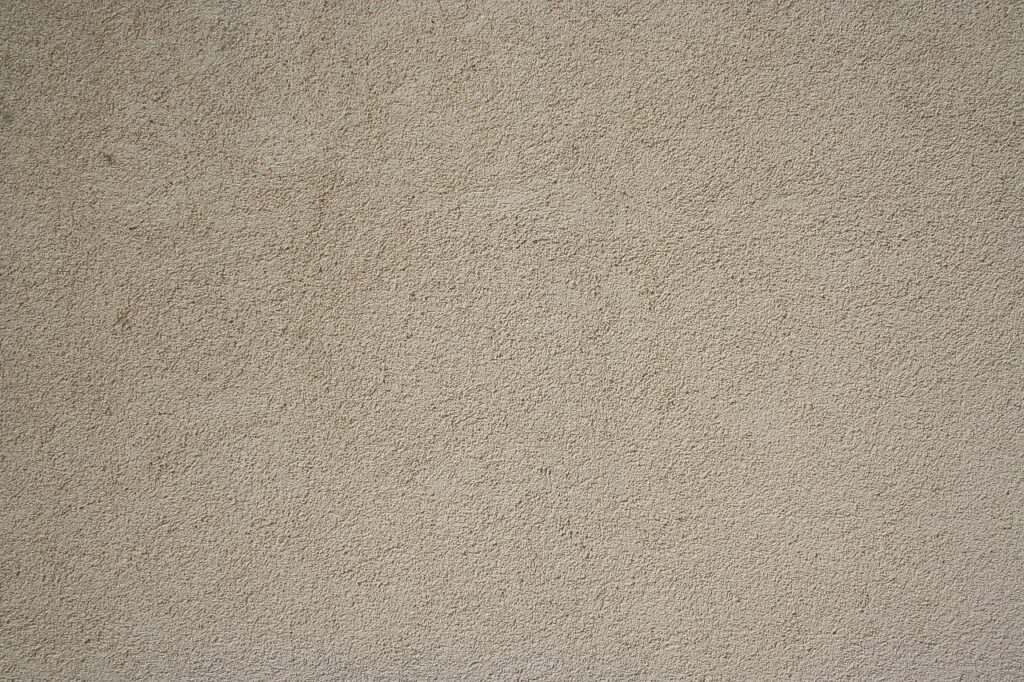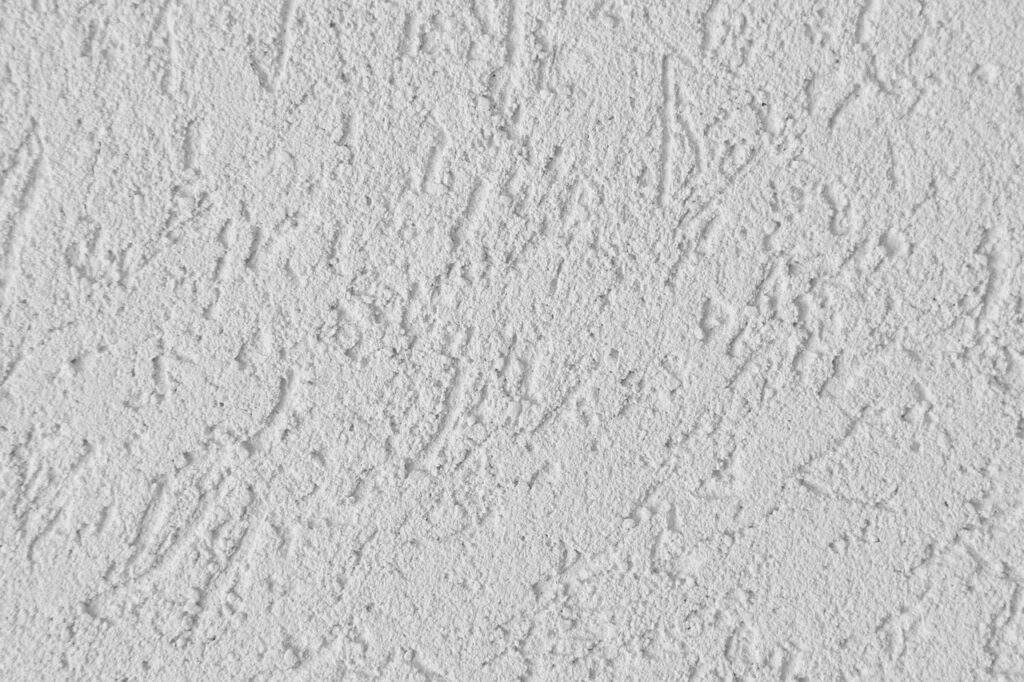If you’re dealing with a stubborn and persistent stucco leak, fear not! We have the perfect solution for you – Stucco Leak Repair. With our expertise and top-notch techniques, we specialize in efficiently and effectively fixing any stucco leaks you may be facing. No longer will you have to worry about water seeping through your walls and causing damage. Our friendly team is ready to tackle your stucco leak head-on and provide you with a reliable and long-lasting solution. Trust us, your stucco will thank you!
1. Understanding Stucco Leaks
Stucco leaks can cause significant damage to your home if not addressed promptly. Understanding the causes, signs, and importance of addressing stucco leaks is essential in maintaining the integrity of your property.
1.1 Causes of Stucco Leaks
Stucco leaks can occur due to various reasons. One common cause is improper installation, where the stucco was not applied correctly or the moisture barriers were not properly installed. Other causes can include cracks in the stucco due to settling of the foundation, damage from severe weather conditions such as heavy rain or hail, or even accidental damage caused during home improvement projects.
1.2 Signs of Stucco Leaks
Detecting stucco leaks early on is crucial to prevent further damage. Some common signs of stucco leaks include water stains on walls, peeling paint or wallpaper, a musty odor in certain areas of your home, or visible cracks or bulges in the stucco. It is important to pay attention to these signs and take immediate action to address any potential leaks.
1.3 Importance of Addressing Stucco Leaks
Ignoring stucco leaks can lead to extensive damage to your home. Water infiltration through stucco can cause mold growth, rotting of wood structures, and even compromise the structural integrity of your property. Additionally, if left untreated, stucco leaks can result in increased energy bills due to decreased insulation efficiency. Promptly addressing stucco leaks can save you from costly repairs in the long run and ensure the safety and longevity of your home.
2. Assessing the Stucco Leak
Before you begin repairing a stucco leak, it is important to assess the extent of the damage and identify the source of the leak. This will help you determine the necessary repair methods and materials.
2.1 Identifying the Source of the Leak
To identify the source of the stucco leak, start by inspecting the exterior of your home. Look for any visible cracks, gaps, or signs of damage in the stucco. Pay attention to areas where water might accumulate, such as around windows, doors, or near the foundation. It is also important to inspect the roof and gutters, as issues with these areas can contribute to stucco leaks.
2.2 Inspecting the Exterior of the Stucco
Carefully examine the exterior stucco for any signs of water damage. Look for areas where the stucco is discolored, bubbling, or has a soft and spongy texture. These signs indicate that water has infiltrated behind the stucco and may be causing damage to the underlying structures.
2.3 Examining the Interior for Water Damage
Inspect the interior of your home for any signs of water damage. Check for water stains or discoloration on walls, ceilings, or floors. Look for any mold or mildew growth, as this can be a clear indication of water infiltration. It is important to thoroughly examine both the exterior and interior of your home to get a comprehensive understanding of the stucco leak and its effects.
3. Preparing for Stucco Leak Repair
Before you start repairing a stucco leak, it is important to gather the necessary tools and materials, ensure safety measures, and clear the work area. Proper preparation will make the repair process smoother and more efficient.
3.1 Gathering Necessary Tools and Materials
To repair a stucco leak, you will need some basic tools and materials. These may include a hammer, chisel, trowel, wire brush, utility knife, stucco mix, bonding agent, paintbrush, and a waterproofing sealant. Make sure to have all the required tools and materials ready before you begin the repair process.
3.2 Ensuring Safety Measures
Safety should always be a priority when working on any home improvement project. Wear protective gear, such as safety goggles, gloves, and a dust mask, to protect yourself from dust, debris, and potential harmful materials. If working at heights, use proper ladders or scaffolding and take necessary precautions to prevent falls.
3.3 Clearing the Work Area
Before you start repairing the stucco leak, ensure that the work area is clear of any obstacles or items that could hinder your progress. Move any furniture, decorations, or plants away from the area. This will not only provide you with a clear workspace but also prevent any damage to your belongings during the repair process.
4. Repairing Stucco Leaks
Once you have assessed the stucco leak and prepared the work area, you can begin the repair process. The method of repair will depend on the size and severity of the stucco leak.
4.1 Patching Small Cracks and Holes
For small cracks or holes in the stucco, you can use a patching compound to repair the damage. Start by cleaning the area, removing any loose or crumbling stucco, and creating a clean surface for the patch. Apply the patching compound according to the manufacturer’s instructions, ensuring that it is evenly spread and flush with the surrounding stucco. Allow the patch to dry thoroughly before moving on to the next step.
4.2 Replacing Damaged Stucco Section
In cases where the stucco damage is more extensive, you may need to replace the damaged section. Start by carefully cutting out the damaged section using a utility knife or chisel. Take care to cut along the edges of the existing stucco to create a clean and even surface for the replacement. Once the damaged section is removed, follow the manufacturer’s instructions to prepare and apply the new stucco, ensuring a seamless blend with the surrounding surfaces.
4.3 Applying Waterproofing Sealant
After repairing the stucco damage, it is essential to apply a waterproofing sealant to protect the repaired area from future leaks. Choose a high-quality waterproofing sealant that is suitable for stucco surfaces. Apply the sealant evenly and according to the product instructions, ensuring complete coverage of the repaired area. Allow the sealant to dry thoroughly before considering the repair process complete.

5. Professional Stucco Leak Repair
While DIY repairs can be a viable option, there are situations where it is best to call a professional stucco contractor. Knowing when to seek professional assistance, finding a reliable contractor, and obtaining cost estimates are important considerations for professional stucco leak repair.
5.1 When to Call a Professional
Certain stucco leaks may require professional expertise and specialized equipment. If you are unsure about addressing the stucco leak yourself or if the damage is extensive, it is best to call a professional. They have the necessary knowledge, experience, and tools to identify and repair stucco leaks effectively, ensuring a long-lasting and durable solution.
5.2 Finding a Reliable Stucco Contractor
When looking for a reliable stucco contractor, it is important to do thorough research. Seek recommendations from family, friends, or neighbors who have previously worked with stucco contractors. Read online reviews and check their credentials, licenses, and insurance coverage. Contact multiple contractors to compare their expertise, pricing, and availability. Taking the time to find a reputable stucco contractor will ensure high-quality workmanship and a satisfactory repair outcome.
5.3 Obtaining Cost Estimates
Before hiring a professional stucco contractor, it is essential to obtain detailed cost estimates. Request quotes from different contractors and compare the pricing, materials, and scope of work. Consider the reputation, experience, and professionalism of the contractors to ensure that you are getting the best value for your money. Keep in mind that the cost of professional stucco leak repair will depend on factors such as the extent of the damage, the size of the repair area, and the complexity of the repair process.
6. Preventive Measures to Avoid Stucco Leaks
Taking preventive measures can help you minimize the risk of stucco leaks and maintain the longevity of your stucco siding. Regularly inspecting the stucco exterior, maintaining a proper drainage system, and applying protective coatings are effective preventive measures.
6.1 Regularly Inspecting Stucco Exterior
Periodically inspecting the stucco exterior of your home can help you catch any potential issues before they escalate into major problems. Look for signs of cracks, gaps, or damage in the stucco and address them promptly. Pay attention to areas where water might accumulate, such as around windows, doors, or near the foundation. By regularly inspecting the stucco exterior, you can identify and address any issues early on, preventing stucco leaks from occurring.
6.2 Maintaining Proper Drainage System
A properly functioning drainage system is essential to prevent water from infiltrating behind the stucco and causing leaks. Ensure that your gutters and downspouts are clear of debris and properly directing water away from the foundation of your home. Regularly clean your gutters and downspouts to ensure they can effectively channel water away from the stucco. Installing gutter guards can also help prevent debris buildup and clogging, further protecting your stucco from the risk of leaks.
6.3 Applying Protective Coatings
Applying protective coatings to your stucco can provide an additional layer of defense against water infiltration. Coatings such as acrylic elastomeric coatings or waterproofing sealants can help enhance the durability and water resistance of your stucco. Consult with a professional or a knowledgeable supplier to choose the appropriate protective coating for your specific stucco type and climate conditions. Regularly inspect and maintain the protective coatings to ensure their effectiveness in preventing stucco leaks.

7. DIY vs Professional Stucco Leak Repair
Deciding between undertaking a DIY stucco leak repair or hiring a professional involves weighing the pros and cons of each option. Consider the complexity of the repair, your personal skill level, the time and effort required, and the potential risks and benefits before making an informed decision.
7.1 Pros and Cons of DIY Repair
One of the main advantages of DIY repair is cost savings, as you won’t have to pay for professional labor. Additionally, completing a successful DIY repair can be a rewarding experience. However, DIY repairs may not be suitable for complex or extensive stucco leak issues. Lacking the necessary skills, knowledge, or tools can result in subpar repairs or even further damage. Prioritize your safety and consider your abilities before opting for a DIY repair.
7.2 Advantages of Hiring Professionals
Hiring professionals for stucco leak repair offers several advantages. Professional contractors have the expertise, experience, and specialized equipment to effectively address stucco leaks. They can ensure high-quality workmanship, provide long-lasting solutions, and save you time and effort. Professional repairs can also come with warranties, giving you peace of mind and protection if any issues arise in the future.
7.3 Making an Informed Decision
When deciding between DIY and professional stucco leak repair, assess your comfort level with the repair process, your budget, and the extent of the damage. Consider consulting with professionals to get their expert opinion and cost estimates. Ultimately, making an informed decision will help ensure that the stucco leak repair is completed successfully and meets your expectations.
8. Costs and Budgeting for Stucco Leak Repair
Understanding the average cost of stucco leak repair, the factors affecting repair costs, and developing a repair budget are important steps to plan and allocate your financial resources effectively.
8.1 Average Cost of Stucco Leak Repair
The cost of stucco leak repair can vary depending on several factors, including the size and severity of the damage, the materials required, and whether you are opting for DIY or professional repairs. On average, homeowners can expect to spend anywhere between $500 to $3,000 for stucco leak repair. Larger or more complex repairs may cost even more. It is crucial to obtain accurate cost estimates from contractors or suppliers before finalizing your repair budget.
8.2 Factors Affecting Repair Costs
Several factors can influence the cost of stucco leak repair. These include the extent of the damage, the size of the repair area, the accessibility of the damaged stucco, the cost of materials, and whether you are opting for DIY or professional repairs. Additionally, the location, labor costs in your area, and any additional services required, such as scaffolding or mold remediation, can also impact the overall repair costs. Consider these factors when budgeting for stucco leak repair.
8.3 Developing a Repair Budget
Developing a repair budget involves assessing your financial situation and allocating funds accordingly. Calculate the estimated repair costs based on the factors affecting repair costs. Set aside additional funds for unexpected expenses or unforeseen issues that may arise during the repair process. It is always better to budget a bit more than necessary to ensure you have enough financial resources to complete the repair properly.
9. Common Mistakes to Avoid in Stucco Leak Repair
To ensure a successful stucco leak repair, it is important to avoid common mistakes that can compromise the integrity and effectiveness of the repair. Neglecting to address the root cause, rushing the repair process, and failing to properly seal the repaired area are common mistakes to avoid.
9.1 Neglecting to Address the Root Cause
Simply patching the visible stucco damage without addressing the root cause of the leak can lead to recurring issues. It is crucial to identify and resolve the underlying problem that caused the stucco leak, such as faulty flashing, improper installation, or drainage issues. By neglecting the root cause, you risk encountering the same problem in the future, requiring additional repairs and expenses.
9.2 Rushing the Repair Process
Repairing stucco leaks requires attention to detail and proper execution. Rushing a repair can result in subpar workmanship, inadequate repairs, or even further damage. Take the time to thoroughly assess the damage, gather the necessary tools and materials, and follow the proper repair procedures. Investing time and effort in a well-executed repair will ensure the longevity and effectiveness of the repaired stucco.
9.3 Failing to Properly Seal Repaired Area
Applying a waterproofing sealant to the repaired area is essential to prevent future stucco leaks. Failing to apply a suitable waterproofing sealant or not ensuring complete coverage can leave the repaired area vulnerable to water infiltration. Follow the manufacturer’s instructions carefully and ensure that the sealant is applied evenly, covering the entire repaired section. Paying attention to this final step will help protect your stucco from future leaks.
10. Final Thoughts on Stucco Leak Repair
Timely repair of stucco leaks and regular maintenance are key to preserving the integrity and longevity of your stucco siding. Seeking professional advice and assistance, considering preventive measures, and taking proactive steps to address any stucco leaks are essential in protecting your home from water damage and ensuring its long-term durability.
10.1 Importance of Timely Repair
Addressing stucco leaks promptly is crucial to prevent further damage to your home. Delaying repairs can lead to costly repairs, mold growth, and even compromise the structural integrity of your property. By recognizing the signs of stucco leaks and taking immediate action, you can minimize the potential risks and expenses associated with untreated leaks.
10.2 Regular Maintenance for Stucco Longevity
Regular maintenance is essential to prolonging the life of your stucco siding and preventing stucco leaks. Inspect your stucco exterior regularly, maintain a proper drainage system, and address any visible issues promptly. Cleaning, repairing small cracks or gaps, and applying protective coatings as needed will help maintain the condition and appearance of your stucco for years to come.
10.3 Seeking Professional Advice and Assistance
While minor stucco repairs can be done by homeowners, it is important to seek professional advice and assistance for complex or extensive stucco leaks. Professional stucco contractors have the expertise, experience, and advanced tools necessary to effectively diagnose and repair stucco leaks. Consulting professionals will ensure that the repair process is carried out correctly and provide long-lasting solutions to your stucco leak issues.
In conclusion, understanding stucco leaks, assessing the damage, preparing for repair, and choosing the appropriate repair method are crucial for successful stucco leak repairs. Whether you decide to tackle the repair yourself or hire a professional, it is important to prioritize safety and take the necessary steps to address the root cause of the leak. By following preventive measures, budgeting for repair costs, and avoiding common mistakes, you can ensure the longevity and durability of your stucco siding. Remember that timely repairs and regular maintenance are key to protecting your home from the potentially costly consequences of stucco leaks. Seek professional advice and assistance when needed, as their expertise can help you navigate the repair process effectively.




